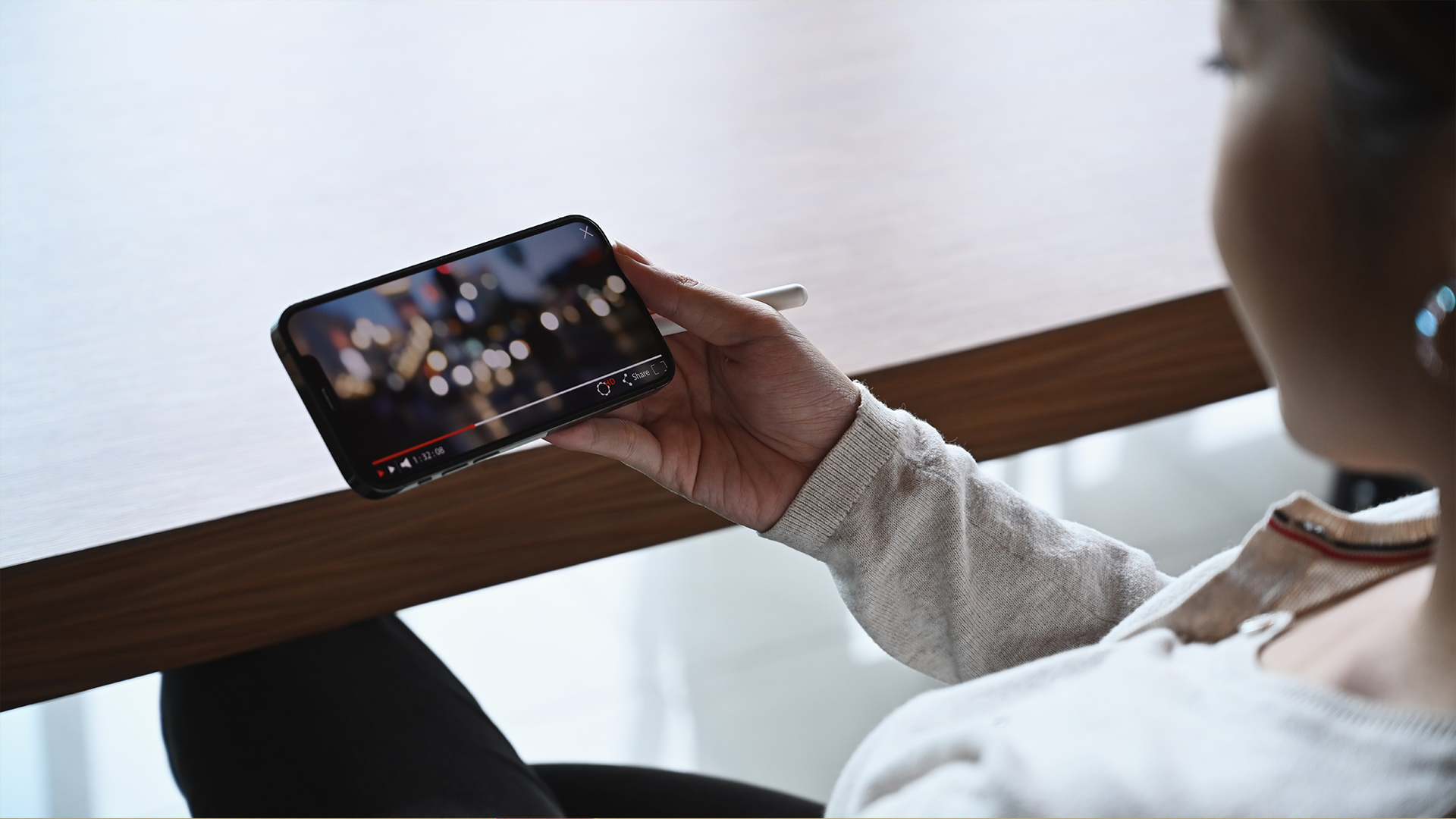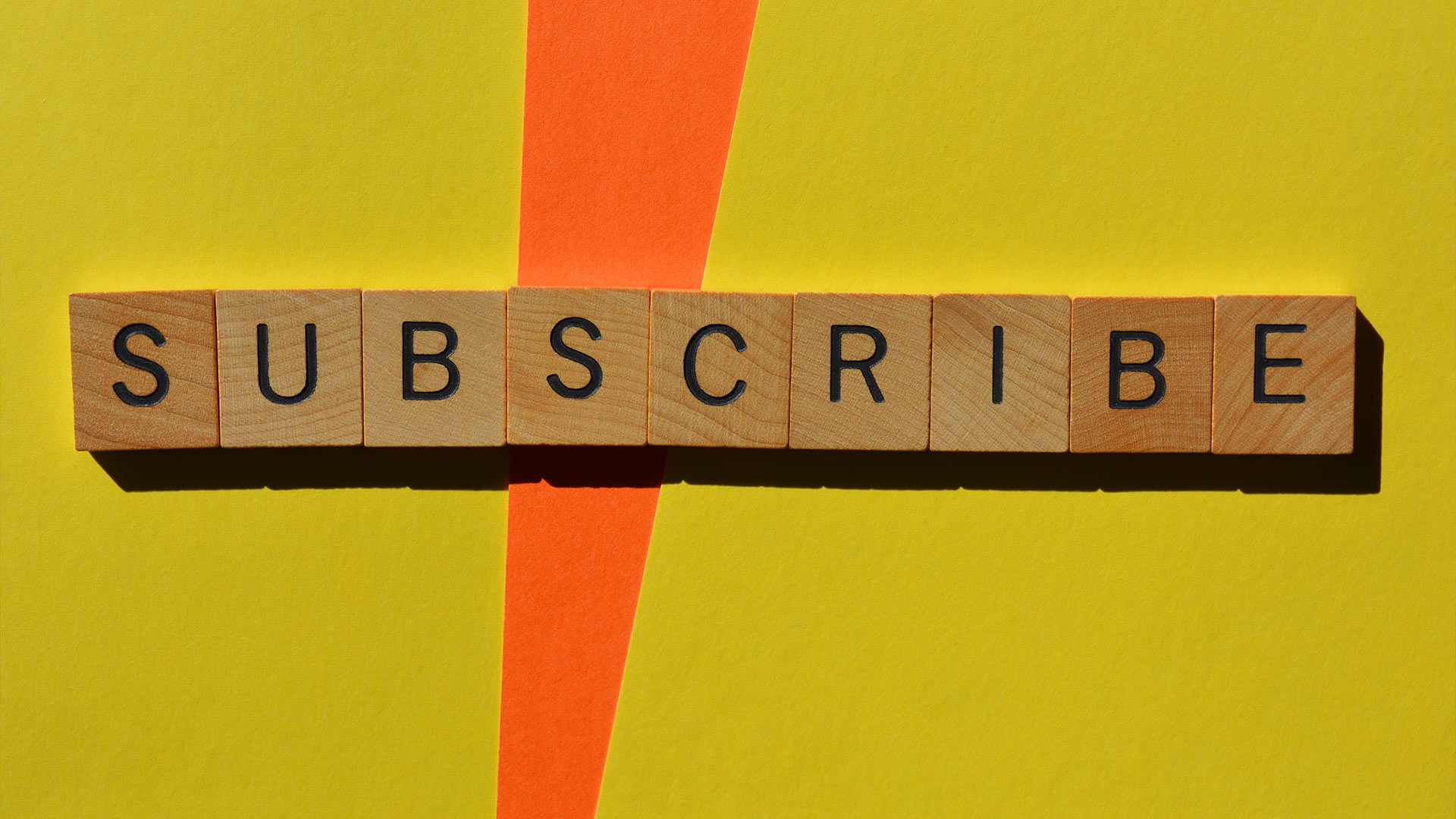Let’s be honest—if you're a content creator, you've probably wondered, “What should I be charging for a brand deal?” And maybe even, “Am I getting totally underpaid here?”
You’re not alone. Sponsorship rates are one of the most confusing and unspoken parts of the creator world. Some folks are making $3,000 for a 30-second TikTok. Others are getting offered free protein powder in exchange for three posts and a 60-day exclusive.
Let’s fix that. Here’s the real talk on how brand sponsorship rates work in 2025—and how you can confidently negotiate better deals.
First: What Are Brands Actually Paying For?
Spoiler: It’s not just your follower count. In fact, that’s kind of the least interesting part these days.
Brands care about:
- Reach – Yes, how many people you can get in front of.
- Engagement – Do people care about what you say?
- Niche relevance – Are you the right fit for their product?
- Conversion power – Can you actually move people to act?
Oh, and don’t forget content quality. Some creators charge less but make beautiful, brand-ready videos. Others charge more because they have niche trust that converts. Both are valid paths.
What Are the Current Sponsorship Rates in 2025?
Let’s break down some ballpark numbers. These vary a lot by platform, niche, and location, but here’s a general snapshot:
TikTok / Reels / Shorts:
- Under 10k followers: $100–$500 per video
- 10k–50k: $500–$2,000
- 50k–250k: $2,000–$10,000
- 250k+: $10,000+ (plus long-term brand deals)
YouTube Shorts (bundled with long-form):
- Similar to TikTok, but may include post-roll links, pinned comments, etc.
Instagram Grid/Story Packages:
- Stories alone: $100–$2,000 depending on views
- Carousel or post + story bundle: Add 30–50%
These are starting rates. Add-ons (exclusivity, link in bio, usage rights, etc.) push them higher.
Why the Numbers Can Feel All Over the Place
Here’s why one creator makes $3k and another makes $300 for similar videos:
- Confidence in pricing – A lot of creators just accept the first offer.
- Negotiation skill – We’ll talk about that in a sec.
- Back-end deliverables – Brands often pay more when creators are clear about what’s included.
- Niche scarcity – If you’re the only voice in your space, you’re worth more.
And sometimes? It’s just budget. Some brands can’t pay big, and that’s okay too—as long as you know your worth.
How to Respond to a Brand Offer (Without Underselling)
Let’s say a brand slides into your inbox and says:
“Hey! We love your content and would love to collaborate. What are your rates?”
Now what?
Step 1: Ask for the scope Instead of shooting off a price, ask:
- What deliverables are they looking for?
- Will there be exclusivity?
- Do they want usage rights for ads?
- What’s the timeline?
This shows you’re a pro—and it protects you from overpromising.
Step 2: Send a rate card or custom quote Once you know what they need, send a friendly message like:
“Thanks so much for reaching out! For a video of that scope, my standard rate is $1,200, which includes creative concept, production, and 30-day usage rights. Let me know if that aligns with your budget.”
Boom. Clear, calm, and not desperate.
Negotiation Tricks That Actually Work
Here’s how to nudge rates upward without making it awkward:
- Silence is power. After you send your rate, don’t fill the space with apologies or caveats. Wait for their reply.
- Use packages. Offer bundles like “1 video + 2 stories” to increase value without haggling.
- Have a floor. Know the lowest you’ll go. If it’s below that, walk away.
- Offer alternatives. Can’t match their budget? Say: “Happy to do a short-form mention instead of a full integration.”
When to Say Yes to a Low-Paying Deal
Sometimes, a smaller check makes sense. Like when:
- You’re growing and need portfolio content
- The brand has insane reach or prestige
- There’s potential for a long-term deal
- You genuinely love the product and would use it anyway
Just make sure you’re not doing all the heavy lifting. If the brand wants edits, scripts, and metrics reports—but only offers a $50 Amazon gift card? That’s a nope.
Don't Forget to Factor in These
Even experienced creators forget to include things like:
- Exclusivity period – If a brand wants you to not work with competitors, you should charge for that time.
- Whitelisting/usage rights – If they want to use your video in ads, that’s extra.
- Revisions – Be clear about how many rounds of feedback are included.
- Time and energy – If it takes two shoot days and five edits, price accordingly.
Sponsorships aren't just about your face in a video. You're a media team.
Tools to Help You Track Rates
Want to benchmark your pricing? Try:
- Cloutdesk – Tracks campaign earnings over time
- FYPM.vip – A public rate database from creators
- Google Sheets – Seriously, even a simple tracker helps
- Agency pitch decks – See how brands present offers and compare them
The more data you have, the less imposter syndrome creeps in.




